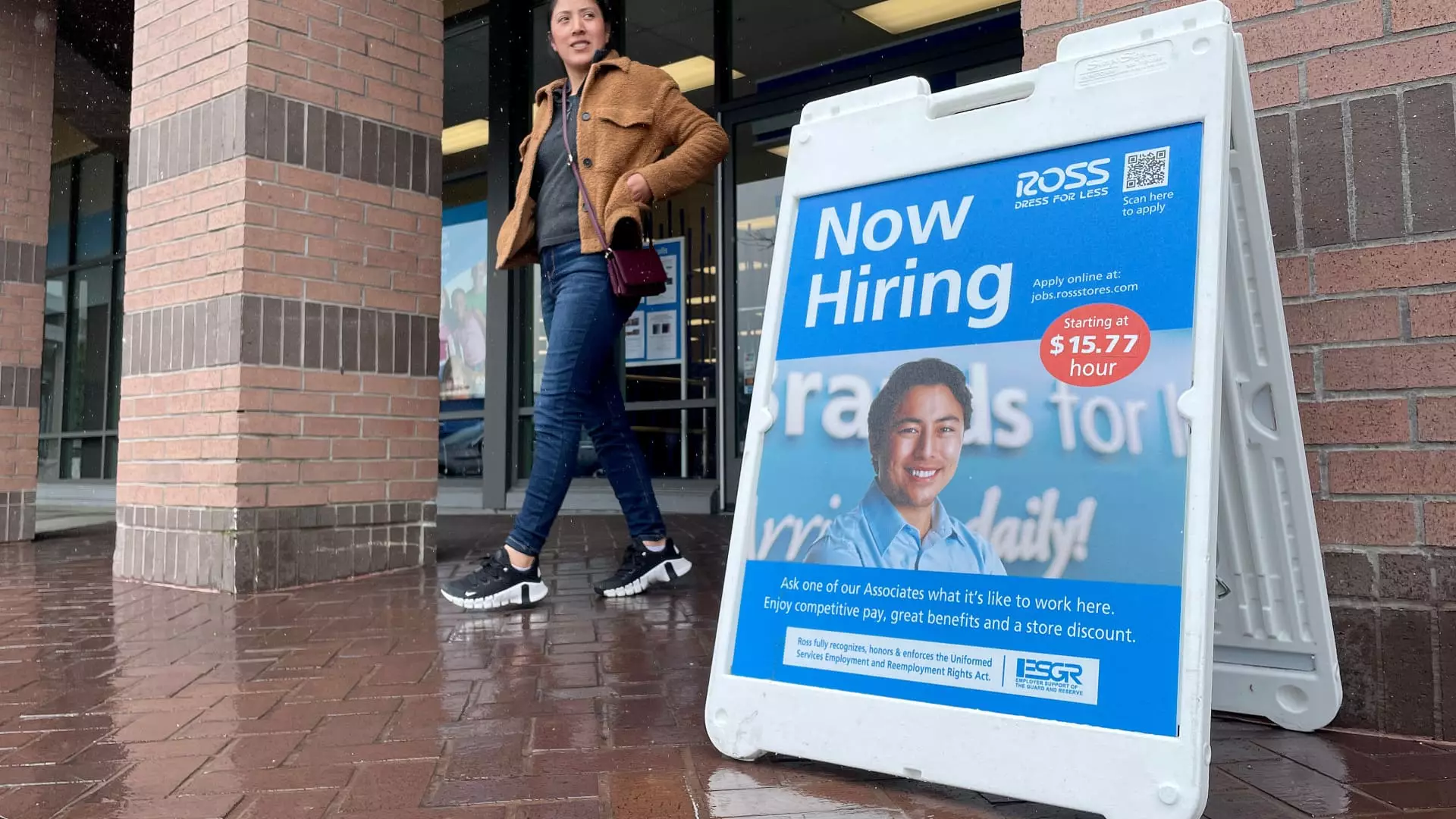In August, the U.S. economy added slightly fewer jobs than expected, marking a slowdown in the labor market. According to the Bureau of Labor Statistics, nonfarm payrolls expanded by 142,000 during the month, down from the previous month and below the consensus forecast. However, the unemployment rate did tick down to 4.2%, in line with expectations. The labor force also expanded, aiding in pushing the jobless rate down by 0.1 percentage point. Despite this, the labor force participation rate remained at 62.7%.
Following the release of the job numbers, markets showed little initial reaction, with stock futures holding negative and Treasury yields lower. The Federal Reserve is now expected to lower interest rates later this month after remaining on hold since July 2023. Markets had been pricing in a 100% probability of a rate cut when the Fed meets on Sept. 17-18. The question now becomes how much the Fed will cut rates, with market pricing shifting towards a half percentage point cut after the latest data.
From a sector standpoint, construction added the most jobs in August, followed by health care and social assistance. However, manufacturing lost 24,000 jobs during the month. In terms of wages, average hourly earnings increased by 0.4% on the month and 3.8% from a year ago, surpassing estimates. Hours worked also edged higher to 34.3. This indicates some positive trends in terms of wage growth, despite the overall slowdown in job creation.
Fed Decision and Economic Outlook
Most Fed officials have indicated that they see a need for rates to come down in order to support the economy. Chair Jerome Powell mentioned the need to adjust policy in his recent speech, signaling a potential shift in the Fed’s stance. New York Fed President John Williams also endorsed rate cuts in a recent speech, suggesting that it is now appropriate to reduce the target range for the federal funds rate. The decision for the Fed now lies in determining the best course of action to balance inflation pressures and potential recession risks.
The latest job numbers and economic indicators point towards a slowing labor market and the potential for interest rate cuts by the Federal Reserve. While there are some positive signs in terms of wage growth and certain sectors adding jobs, overall uncertainty remains in the economy. It will be crucial to monitor how the Fed navigates this delicate balance between supporting growth and managing inflation pressures. As the economic landscape continues to evolve, it is important for policymakers to remain vigilant and adaptable in their approach.


Leave a Reply